The inherent danger of humanitarian aid missions along America’s southwest border
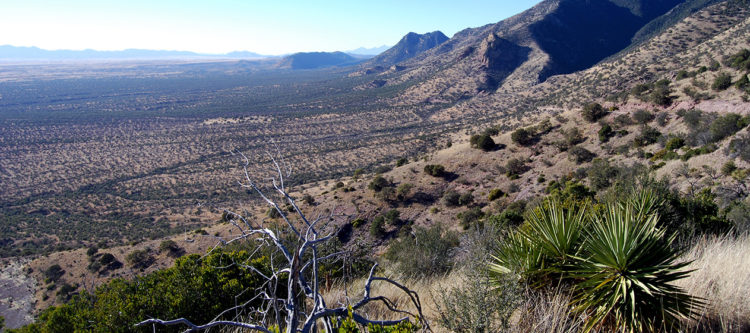
The U.S. Border Patrol is more than just a federal law enforcement entity protecting America from drug smugglers and human traffickers. The organization also has a humanitarian aid mission – leading search and rescue operations along the border to find people in distress and get them the required help.
However, just because these missions are focused on rescues doesn’t mean they’re safe. All missions conducted along America’s southwest border involve rugged, untamed terrain, which brings additional risk compared to law enforcement duties in populated areas.
To better understand the dangers that border patrol agents face at the southwest border, we sat down with someone with extensive knowledge and experience in the region – former Chief of the U.S. Border Patrol, Carla Provost.
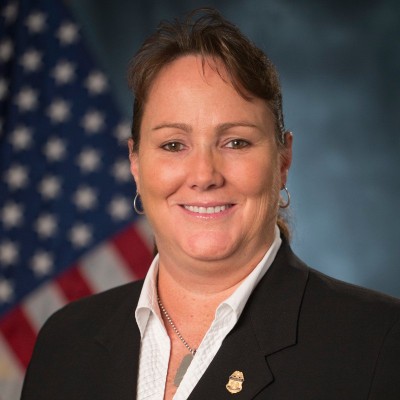
The Last Mile (TLM): How many “search and rescue” and humanitarian aid operations does CBP conduct yearly at the U.S. Southern Border? Has this number been increasing or decreasing? Why?
Carla Provost: The number of these operations is definitely increasing. That’s a direct result of increased overall encounters at the border, which have risen significantly over the past few years.
For example, in 2023 alone, more than three million people were encountered by U.S. Customers and Border Protection (CBP), and over two million of those were encountered by the U.S. Border Patrol (USBP). In the past two years, the Border Patrol has experienced more than two million encounters each year with individuals, so there is an increase.
When encounters rise, rescue and humanitarian missions will inevitably increase. In 2023, the Border Patrol rescued over 37,000 people across 6,000 incidents at the southwest border. That does not include 5,000 rescues along the coastal and northern boundaries.
To put that into perspective, in my last full year at U.S. Customs and Border Protection in 2019, Border Patrol had less than 5,000 rescues. That year, the Border Patrol had about 860,000 encounters. With more than three million encounters across CBP in 2023, you would expect the number of humanitarian rescues to increase dramatically.
TLM: Is there a percentage of humanitarian aid and rescue operations vs. law enforcement operations?
Carla Provost: I can’t say there is a set percentage of humanitarian aid or search and rescue operations, but the Border Patrol rescues migrants every day when these individuals are illegally crossing into the U.S. between the established points of entry. So, every encounter in these regions is ultimately a law enforcement operation. But, within those operations, there are inevitably people in some distress. So, every operation is law enforcement, and many of those operations involve rescuing people in distress. That’s the nature of the work that the Border Patrol does.
When you consider that many migrants arriving at our southwest border are in the final stretch of a harrowing, arduous journey – often across multiple countries – it makes sense. There are any number of scenarios in which these individuals may need assistance – they could be suffering from exposure or dehydration, they could be victims of trafficking or other violent crimes, or they could be experiencing medical emergencies.
The Border Patrol considers a rescue operation to be any operation where the individuals are in need of medical assistance. Along the southwest border – with its incredibly hostile environment and unforgiving terrain, Agents rescue people every day.
TLM: The average American would probably consider humanitarian aid and “search and rescue” operations to be incredibly safe – especially in comparison to law enforcement and counter-drug operations. Is that perception accurate? What dangers are inherent in these operations and missions?
Carla Provost: All operations along the southwest border can be dangerous. People don’t realize that the terrain is so diverse and austere and that it can be hazardous for the men and women in the Border Patrol just traversing it to get to the migrants requiring assistance.
Then, when agents encounter migrants who are in distress, they are often in the company of dangerous people. The smugglers who are trafficking migrants don’t care about the people that they’re trafficking, and they certainly don’t want to have encounters with law enforcement. There are also other dangerous individuals that Agents can encounter during missions, including armed drug smugglers and “rip crews” that are notorious for robbing migrants along the border.
When you combine the treacherous nature of the terrain with the sheer number of active threats encountered as part of day-to-day Border Patrol operations, it becomes evident that any mission along the southwest border is dangerous, even during humanitarian aid and rescue missions.
TLM: How far are these missions often conducted from the base and major metro areas? Does this distance create any logistical challenges? Communications challenges?
Carla Provost: Outside of the large metro areas – such as San Diego and El Paso – much of the remaining southwest border is incredibly remote and rural. These are also the areas where many of the Border Patrol operations occur.
In these geographically isolated locations, backup can be upwards of an hour away. Worse, communications can be incredibly spotty in these locations. The disparate terrain can create line-of-sight issues for traditional voice radios. There are also no terrestrial or cellular networks for agents in these remote locations.
That’s unfortunate because communication is key in these situations. If an agent twists an ankle, gets a snakebite, or encounters malicious actors, communications are their lifeline. They need to be able to communicate to ask for backup or request a medical evacuation. The sooner they can request help, the quicker the dispatch.
It’s not like working in an urban environment. An agent can’t easily get out on their radio or simply call 911 and get an ambulance dispatched to them in minutes. Help can be more than an hour away, and they may not even be able to get vehicles or air support into the area to assist. They may need to proceed on foot and physically carry people out.
In this environment, calling for help and dispatching quickly can be the difference between life and death.
TLM: What does the Border Patrol need in its communications equipment? What is the Border Patrol looking for besides capability and the ability to function in this environment?
Carla Provost: If you go back 30 years ago, the Border Patrol was climbing mountains and ridges trying to deploy repeaters for voice radios. Then, those same ridges and mountains would need to be scaled again to service, maintain, or manage the equipment.
This equipment ensured communications and situational awareness capabilities in case of emergencies. Ironically, the agency and its agents had to put themselves at risk to operate and maintain the equipment.
Communications at the southwest border is different from home Wi-Fi. No tech support will come by to fix or replace the equipment when it fails.
We’ve discussed how dangerous conducting any mission at the southwest border is. The challenging terrain, the rip crews, and the malicious actors make any operation dangerous. We can’t put Border Patrol agents at risk deploying, managing, and maintaining communications equipment. This is why it’s essential that any devices that we deploy at the border can function independently for long periods of time and be managed remotely.
That’s why I’m very excited about goTenna’s EdgeRelay release and what goTenna is working on with CBP. Being able to relay and remotely deal with any issues is critical. It allows for timely responses and eliminates the need for manual on-site interventions that may take hours or days to address.
To safeguard the lives of Border Patrol agents, the integration of goTenna’s relay technology marks a significant stride towards minimizing on-site risks and streamlining communication in the demanding southwest border environment.


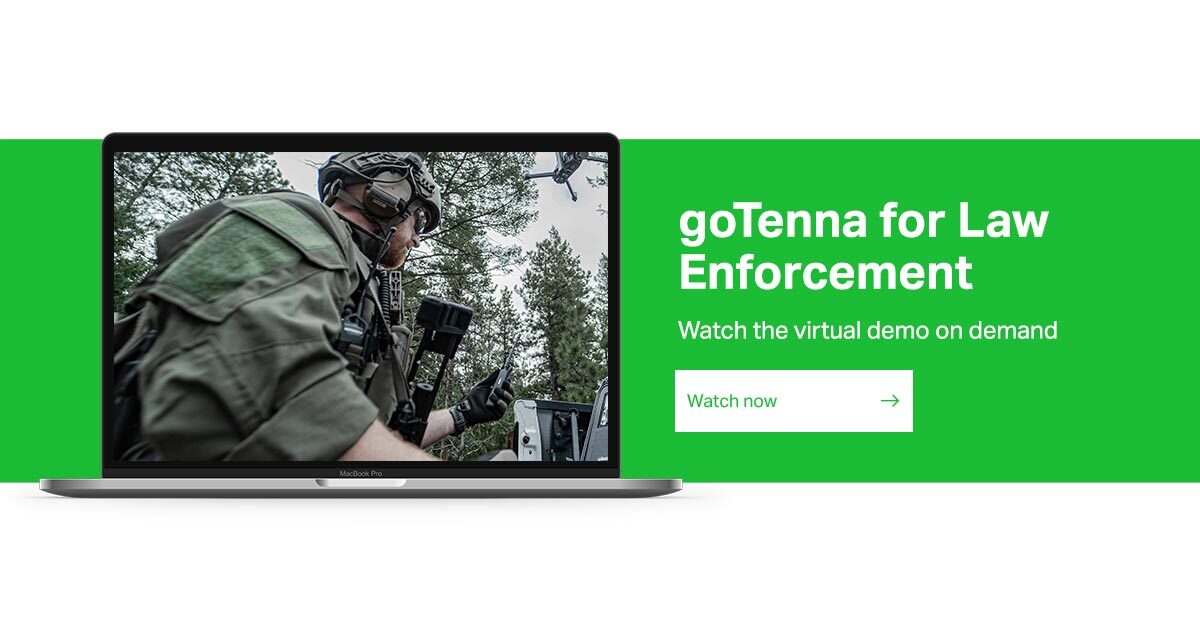
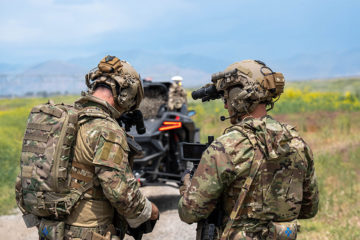

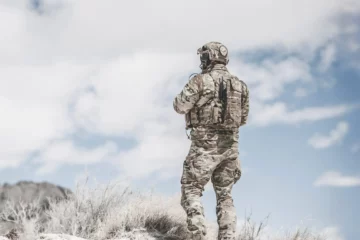


No Comment